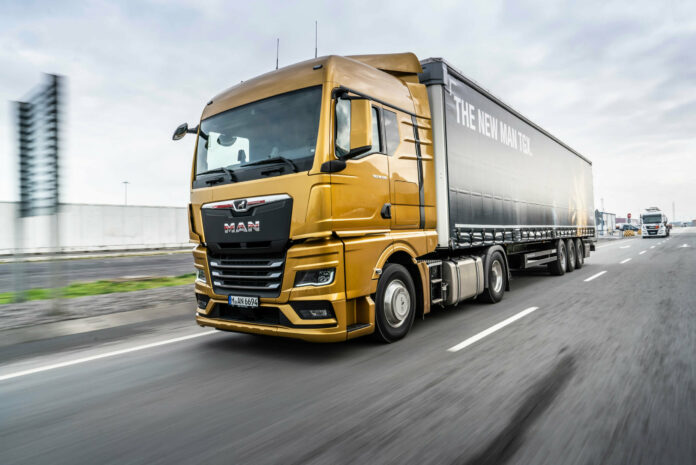It was 2003, and one of India’s biggest automobile companies, Force Motors, manufactured minibusses and mini-trucks. Slowly, Force decided to enter the heavy vehicles sector and manufacture big trucks as well.
The idea seemed good, at the time, but Force knew that this was not an easy task to pull off a new project. The reason is that any new project and to get it manufactured takes a minimum of 7 to 8 years, which consists of prototype, road test, get approval from ARAI, start production, and many more tasks.
To evade these tedious tasks, Force decided not to use their innovation but to leverage someone else’s technology and begin the manufacturing of mega trucks.
Force decided to approach Man Trucks. They accepted the offer and permitted them to use their engine, cabin, axle, and chassis with license. They bought the gearbox from ZF Friedrichshafen Company.
Force got all the spares required to build a mega truck. The only thing left now was assembly. Three years passed, and Force completed testing and assembly.
In the year 2006, Man planned to start their manufacture in India. So, Man approached Force and entered India. Man built their manufacturing plant in the Pithampur Industrial Area in Madhya Pradesh. This plant has a production capacity of 10,000 to 12,000 vehicles per year.
By 2006, Force owned almost 70% of shares of Man Trucks, while Man only had 30% of theirs.
After two years, Man acquired 20% more shares from Force Motors. Now, both the parties hold equal shares of Man Trucks.
Man manufactured tippers, trucks, RMC, tractors, and buses, and people liked their vehicles. Their sales were also rising rapidly as their trucks were being bought most among other companies. Man held a good part of the market till 2016.
2017 walks in, and GM exits the Indian roads due to low sales. Another company called Multix, a multipurpose, small vehicle under the joint venture of Eicher and Polaris Company, also left the scene.
Man’s sales were also affected. They witnessed a decline in sales, but the firm was doing its best to climb back up. They kept their production running even though sales were not up to the mark.
Man’s worse came in 2018 when their bus production was discontinued because of low sales.
The government of India had alerted in 2018 about the BS6 Emission norms. That was before its implementation, which is now active.
However, Man knew that if they included this, their manufacturing costs would shoot up and that would add to their already affected decrease in sales.
Man Trucks tried to keep the company alive by serving the customers with their old range. They did not upgrade to higher fuel efficiency or newer engines, but their competitors did, and that was it for Man.
Follow and connect with us on Facebook, LinkedIn & Twitter


Are MAN trucks , still manufactured in India , specially tractors and dump trucks ? If so, please let us know . We are selling VW trucks in Ecuador but we are interested in the MAD brand.